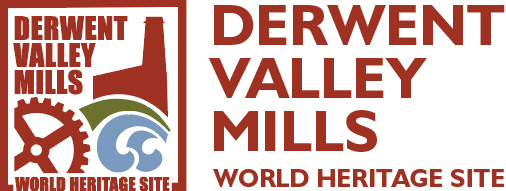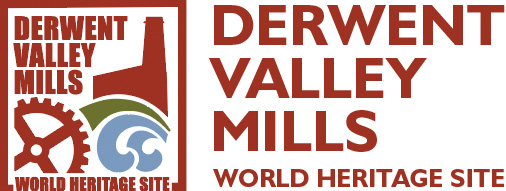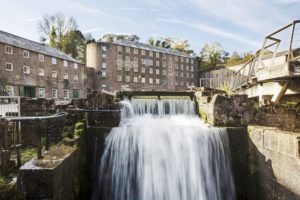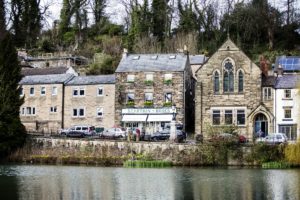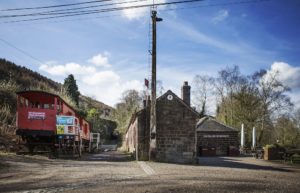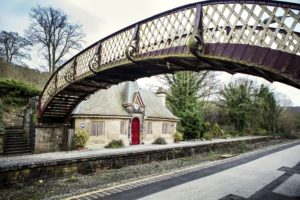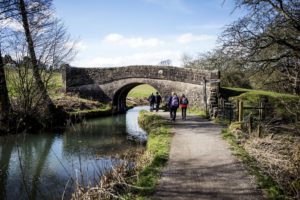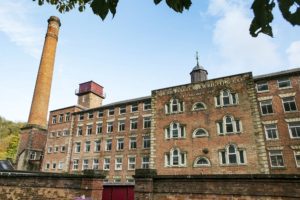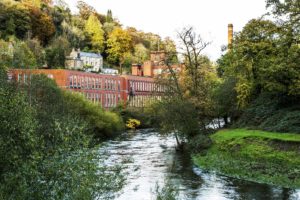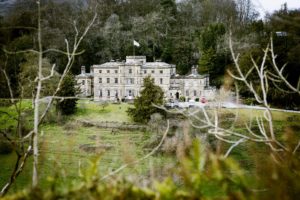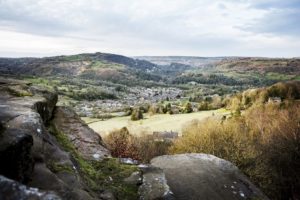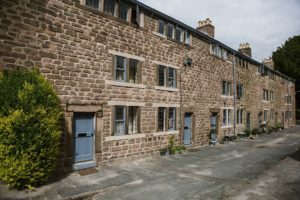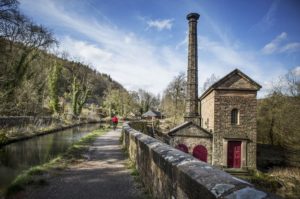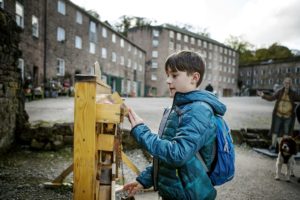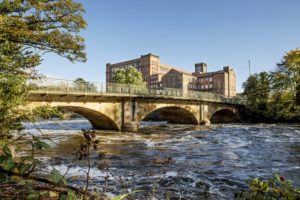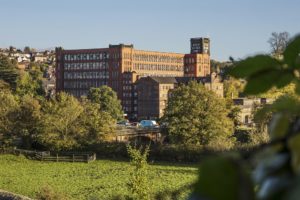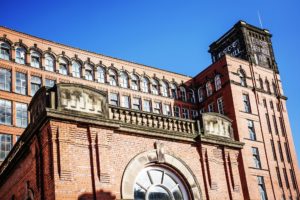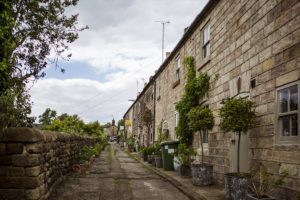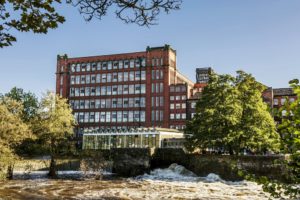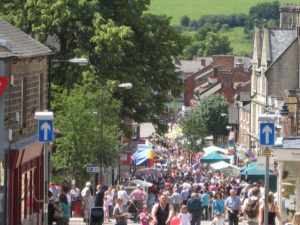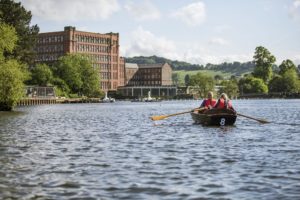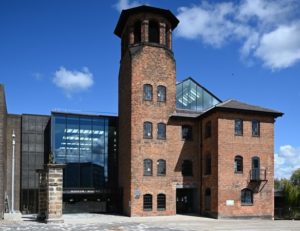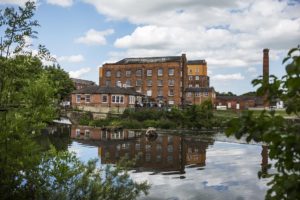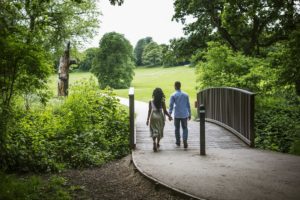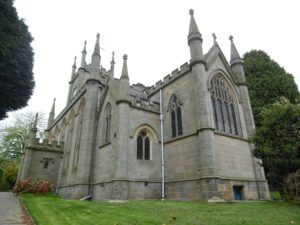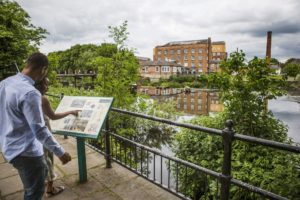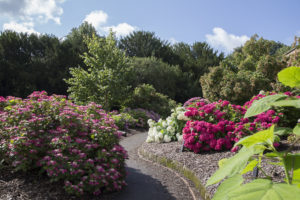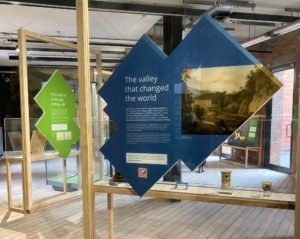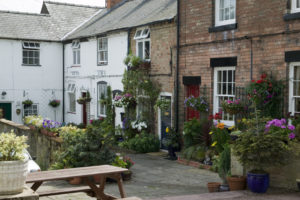Spirit of Place Toolkit
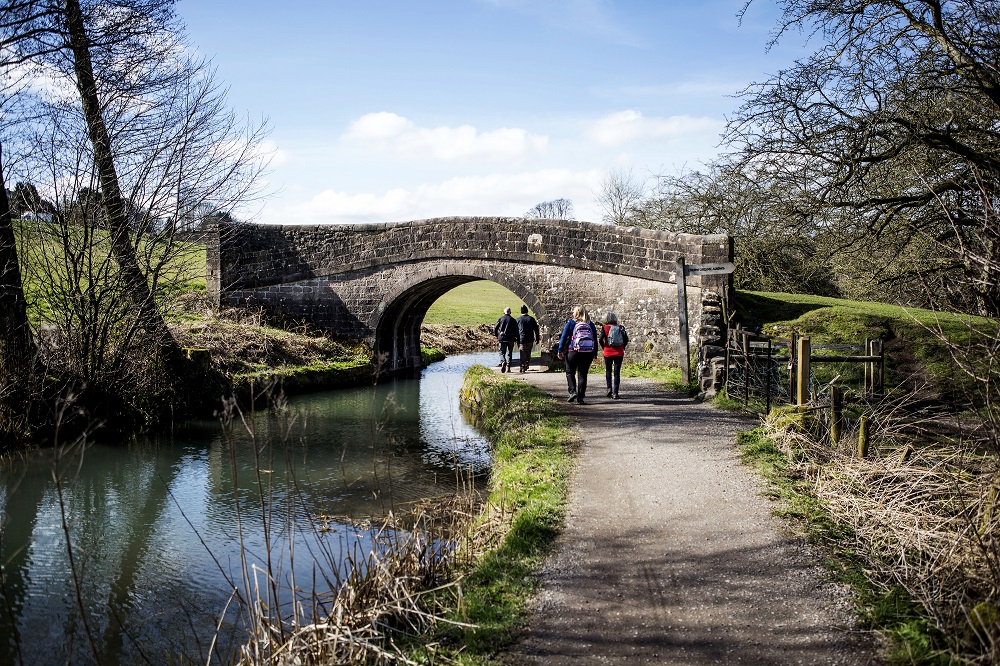
Introduction
‘Spirit of Place (or genius loci) refers to the unique, distinctive and cherished aspects of a place. It is thus as much in the invisible weave of culture (stories, art, memories, beliefs, histories etc) as it is the tangible physical aspects of a place (monuments, rivers, woods, architectural style, pathways, views and so on) or its interpersonal aspects (the presence of family, friends and kindred spirits).’
ICOMOS, Quebec Declaration on the preservation of the spirit of place, October 2008
Spirit of Place is at the heart of how people feel about and experience the DVMWHS. It captures what makes a place special and, ultimately, why people should love that place. Spirit of Place relates to a wide range of subjective human responses, values and perceptions to the fabric and framework of a place.
It is built by both its tangible qualities such as scenery, buildings, land-uses, colours, textures and smells and also by intangible cultural elements such as values; associations with myths/legends; traditional activities; aesthetic qualities; awareness of by-gone times and emotions and spiritual qualities such as awe, delight and the evocation of memories.
These aspects may be experienced through emotions and senses and we best understand them through listening to the range of perceptions and values experienced by individuals and communities of interest, including, of course, those who live and work in a place.
DVMWHS Spirit of Place
In 2021 we undertook online consultation to help inform three Spirit of Place statements for the main ‘hub’ areas of the DVMWHS – northern (Cromford, Lea Bridge and Matlock Bath), central (Belper and Milford) and southern (Derby and Darley Abbey).
An online survey ran for over five weeks and participants were asked to comment on eight different aspects of any of the three hubs. We also asked two additional questions about what made the place special. Alongside this we delivered a series of Zoom interviews to discuss various aspects in more depth. This widespread consultation with stakeholders, partners and the general public who visit, live and/or work here has provided the audience and market insight that shaped the three Spirit of Place statements presented here, which are around 150 words each.
These statements are meaningless unless they result in practical applications. They need to help everyone to love and understand the places; used correctly they will help us to deepen our relationships with our audiences/visitors/customers etc.
Spirit of Place - What it means for you
The Spirit of Place statement can help you decide what communication for your own situation is right, and what doesn’t fit. For example, it can help to inform your marketing, key messages, event types, shop style, branding etc. It is not necessarily a document that you will share with your visitors, customers/clients, although it can generate useful themes and strap lines.
The Spirit of Place statement is a concept that should be referred back to – to sense check how your business/organisation is being managed and developed within the context of the World Heritage Site.
By considering how the Spirit of Place statement applies to you in practice, you can decide how best to give people that insight into what they may experience or feel when visiting the various hubs. Obviously, this will differ for each individual and/or organisation.
If you are a business, organisation or group operating in and around the Derwent Valley, this ‘toolkit‘ provides you with a set of texts and images which you are free to use to help us promote this special place.
The Spirit of Place Statements
These are the three individual texts designed to describe what’s unique about each of the northern, central and southern parts of the World Heritage Site.
These should form the touchstone for certain aspects of your own business/organisational development. For example, Spirit of Place may be reflected in the creative work inspired by a place; works that can, in their turn, enhance the inspiration felt by others.
The Spirit of Place statement will form an important part of the DVMWHS Ambassador training programme and will also appear in the DVMWHS Visitor Guide.
Try to bring the Spirit of Place statement to life for your own business/organisation by considering how it might apply in practice. If possible, please include the Statement that relates to your organisation on your own website and on any printed material.
Include links to the ‘Visit’ page of the DVMWHS website on your website or publicity material:
http://www.derwentvalleymills.org/visit/
There a selection of images chosen to depict each of the northern, central and southern parts of the World Heritage Site. They are free to download and use in your own marketing work to promote the Derwent Valley. If you need higher resolution versions, please contact the WHS Co-ordinating Team at dvmwhs@derbyshire.gov.uk
Use of the DVMWHS Logo on your communication material
The DVMWHS logo has been designed to promote and communicate the DVMWHS. It should be used to highlight or promote elements and/or content that is related to the Outstanding Universal Value or stories of the World Heritage Site. The DVMWHS logo should be used for all projects and activities substantially associated with the World Heritage Site, and there are clear guidelines for its use at:
https://managementplan.derwentvalleymills.org/part-three/use-of-the-dvmwhs-logo/
The North
This is a place of natural beauty and calm, where pioneering industrial buildings nestle in a dramatic landscape – its river and resources were once harnessed to create mills, railways, canals and new communities. Industries have come and gone, but their structures remain as testimony to the visions of Arkwright and his 18th century contemporaries who led the world with their innovations.
It is a place of contrasts – of dramatic river gorge and wider valley, of natural light and factory darkness, of owner’s mansions and mill workers’ cottages, of old and new ways of labour, and of the different lives of master and worker. Where ancient industries flourished, new ideas and technologies now thrive, alongside 21st century makers and creators.
Quietly, nature has reclaimed its presence amongst the iron and stone – providing havens for wildlife and for generations of people to find peace and tranquillity amongst the imprints of the past.
Images of Northern Hub
The Centre
This is an area of friendly and welcoming communities, home to people with a strong sense of place and a deep pride in their heritage. With a tradition of entrepreneurs, creatives and independent traders, these are vibrant towns and villages which celebrate their history and community spirit through festivals of arts, music and food.
Here, the Strutt family created new industrial communities in a pastoral landscape, much of which still remains. The legacy of these pioneers is everywhere to be seen – in stone-built mills, weirs, workers’ cottages, allotments and public buildings – their revolutionary ideas reaching out across the globe.
Today, the community’s connection with landscape is strong. This place of wide valley views, rolling hills and a river which constantly shifts its mood – from powerful to serene – provides havens for wildlife and a sense of awe for the many who visit.
Images of Central Hub
The South
This is a place of ancient settlements, natural beauty, making and Enlightenment.
It is the birthplace of the modern factory, in a city which has been a powerhouse of creativity and manufacturing for over 300 years – where new ideas and technologies follow in the footsteps of pioneers who transformed the industrial world with their ingenuity and vision.
It is the site of an ancient community, rich in legends and a gateway to the open countryside of the north, where the Derwent once powered a model industrial village of mills and homes – now transformed, cherished by its residents and thriving with new businesses and entrepreneurs.
The river’s rushing waters which once powered the mills widen and slow in this place. It is a serene haven for wildlife alongside Darley Park – a peaceful green breathing space for the city, every changing with the seasons and loved by generations who have joined here to celebrate nature and life through music and song.
Images of Southern Hub
Other Ways to Help Promote the DVMWHS Destination
We realise that there may not always be an opportunity for you to use these complete statements in your publicity. Therefore, we have the following suggestions to help you to express the ‘spirit of place’ and promote sustainable cultural tourism in other ways:
Use the ‘elevator pitch’
A short statement which describes the World Heritage Site.
Amid breath-taking countryside in the heart of rural Derbyshire, the Derwent Valley Mills World Heritage Site follows the mighty River Derwent, which in the 18th century powered the world’s first ‘modern’ factories, for 15 miles from Matlock Bath in the north, to the City of Derby in the south. It includes a series of historic mill complexes, river weirs, associated settlements and transport networks, all providing a fascinating insight into life at the time of the Industrial Revolution.
Use the ‘why’ elevator pitch
A short statement which describes why the place is a World Heritage Site.
The Derwent Valley Mills and the surrounding landscape were inscribed as a World Heritage Site in 2001. The valley saw the birth of the modern factory system in the late 18th century when new types of mill buildings were erected to house new technology for spinning cotton. The need to provide housing and facilities for its workers and managers resulted in the creation of the first industrial settlements set into a previously rural landscape. Much of this exceptional landscape setting of the mills and the industrial communities survives to this day.
